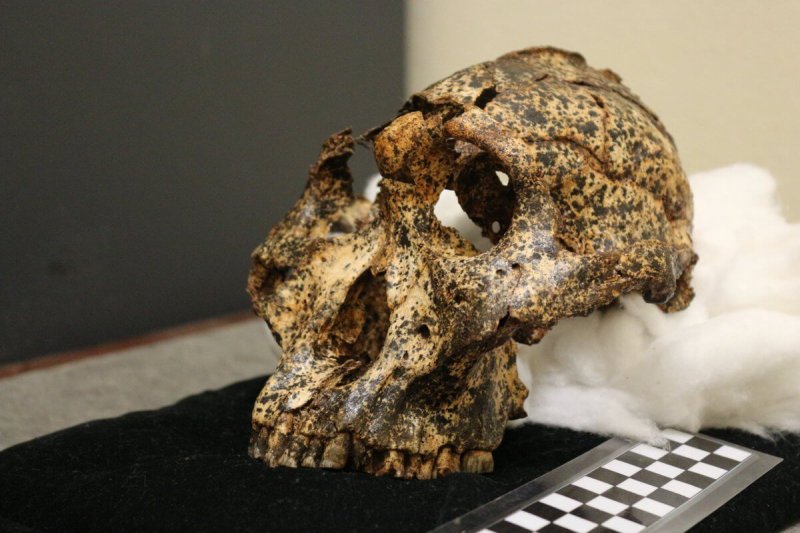In 2018 a student excavator, Samantha Good, came upon the adult male skull of a Paranthropus robustus, lying upside down, with the upper teeth showing… I continued their fine work by removing the remaining sediment to free the skull from its two-million-year-old sedimentary sarcophagus.
…
[T]he DNH 155 cranium was in several hundred pieces, some smaller than the average pinky fingernail, and each piece was incredibly fragile. Because it is not possible to excavate (and thus destroy the original context) of a fossil twice, it’s important we get things right the first time. For this reason, 3-D scanners have been a game changer.
…
As each of the roughly 300 fragments were painstakingly removed, they were digitized with an Artec Space Spider, a professional handheld 3-D scanner. The scanner shoots patterns of light that distort based on the geography of the object it is hitting and bounce back to the scanner—like a bat using sonar, but in this case, light rather than sound is what’s bouncing back and forth. This technology was used to create high-resolution digital records of each piece of the cranium.
I believe that 3-D technology and the highly portable data it generates have the capacity to help bring together a new generation of researchers and facilitate collaborations that previously would not have been possible.































